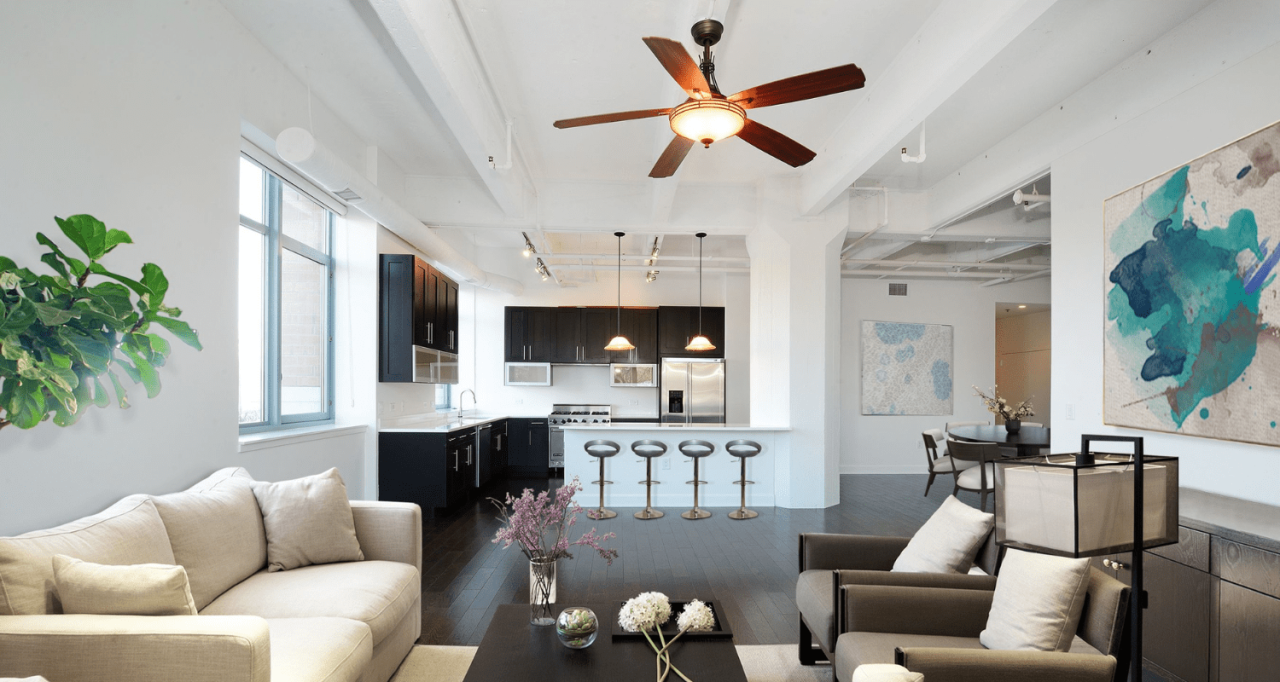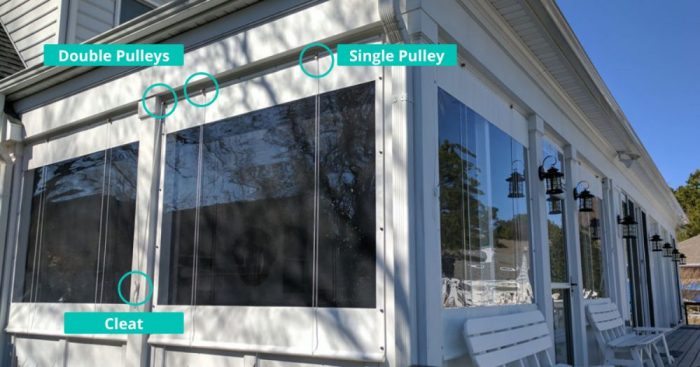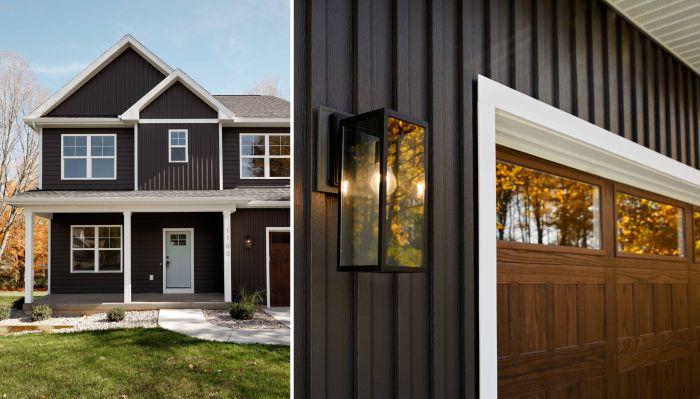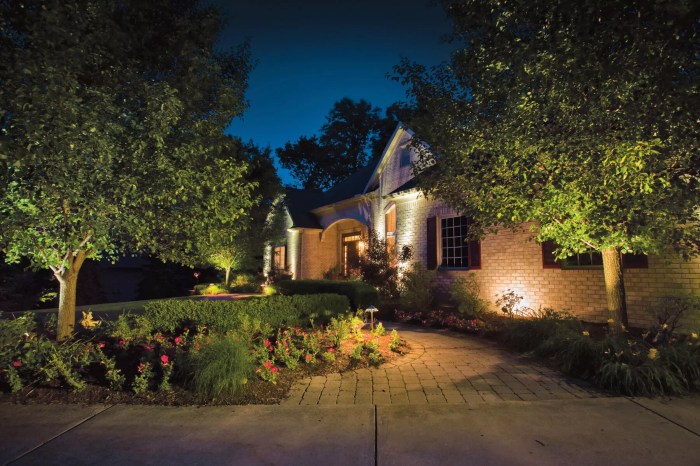Interior vs. Exterior Architecture Explained: Contrasts and Complements
Delve into the world of architecture as we unravel the intriguing differences between interior and exterior design. From the intricate details to the grand structures, explore how these elements work together to create stunning spaces.
Interior vs. Exterior Architecture

Interior and exterior architecture are two essential components of building design that play distinct roles in shaping the overall aesthetics and functionality of a structure. While exterior architecture focuses on the external appearance, facade, and structural elements of a building, interior architecture deals with the layout, spatial arrangement, and design of the interior spaces.Interior architecture is concerned with creating functional and visually appealing interior spaces that meet the needs and preferences of the occupants.
This includes considerations such as room layout, lighting, materials, colors, and furniture placement. On the other hand, exterior architecture is primarily focused on the building's external appearance, style, materials, and overall design coherence with the surrounding environment.In a well-designed building, interior and exterior architecture work together to create a harmonious and cohesive design.
The exterior architecture sets the tone for the building's overall appearance and establishes its visual identity, while the interior architecture ensures that the interior spaces are functional, comfortable, and aesthetically pleasing for the occupants.Both interior and exterior architecture are equally important in determining the overall aesthetics of a structure.
While the exterior architecture creates the first impression and contributes to the building's visual impact from the outside, the interior architecture is responsible for creating inviting and functional spaces that enhance the overall user experience.
Complementing Elements in Building Design
Interior and exterior architecture complement each other by creating a seamless transition between the exterior and interior spaces of a building. The design elements used in the exterior architecture, such as materials, colors, and forms, can be carried through to the interior spaces to create a sense of continuity and cohesion.
- The use of similar materials and finishes in both interior and exterior architecture can create a cohesive design language that ties the building together.
- Architectural elements like windows, doors, and entrances play a crucial role in connecting the interior and exterior spaces while allowing natural light and ventilation to enter the building.
- Landscape design and outdoor spaces can be integrated with the interior spaces to create a harmonious relationship between the building and its surroundings.
Design Elements
Interior architecture focuses on creating functional and aesthetically pleasing spaces within buildings, taking into account factors such as lighting, acoustics, and spatial layout. Key design elements specific to interior architecture include:
Layout and Spatial Design
In interior architecture, the layout of the space is carefully planned to optimize functionality and flow. Spatial design considers how people will move through and interact within the space, emphasizing the use of furniture, partitions, and circulation paths to create a cohesive environment.
Lighting and Acoustics
Lighting and acoustics play a crucial role in interior architecture, as they contribute to the overall ambiance and comfort of a space. Designers carefully consider natural and artificial lighting sources, as well as sound-absorbing materials, to create optimal lighting conditions and acoustics within a room.
Materials and Textures
Materials and textures are carefully selected in interior architecture to enhance the visual appeal and functionality of a space. From flooring and wall finishes to furniture and decor elements, designers choose materials that are durable, easy to maintain, and aesthetically pleasing to create a cohesive design scheme.Exterior architecture, on the other hand, focuses on the design elements that shape the appearance and functionality of a building's exterior facade.
Here's how exterior architecture differs in terms of design elements compared to interior architecture:
Facade Design
In exterior architecture, facade design plays a central role in defining the visual identity of a building. Designers consider factors such as building orientation, climate, and architectural style to create an exterior facade that is both visually striking and functional.
Landscaping and Site Design
Exterior architecture encompasses not only the building itself but also the surrounding landscape and site design. Designers integrate elements such as walkways, green spaces, and outdoor amenities to create a cohesive relationship between the built environment and its surroundings.
Materials and Finishes
While interior architecture focuses on materials and finishes for the interior spaces, exterior architecture considers materials that are durable, weather-resistant, and visually appealing for the external facade. Designers select materials such as brick, concrete, glass, and metal to create a lasting and aesthetically pleasing exterior design.Overall, interior and exterior architecture differ in their approach to design elements, with each focusing on creating unique and functional spaces that cater to different aspects of the built environment.
Functionality and Purpose

Interior architecture plays a crucial role in enhancing functionality and meeting the needs of occupants within a space. The design of interior spaces focuses on optimizing usability, comfort, and efficiency to create environments that support human activities and well-being.
Interior Architecture
Interior architecture takes into consideration the flow of movement, use of space, lighting, acoustics, and overall comfort to ensure that the interior environment serves its intended purpose. For example, in a residential setting, the layout of rooms, placement of furniture, and choice of materials are all carefully considered to create a comfortable and functional living space.
Exterior Architecture
On the other hand, exterior architecture serves a different purpose compared to interior architecture. While interior design focuses on the human experience within a space, exterior architecture is more concerned with the overall aesthetics, structural integrity, and environmental impact of a building.
The exterior design of a building often reflects the style, identity, and purpose of the structure, making a statement to the surrounding environment.
Functionality in Design
Functionality heavily influences the design of both interior and exterior architecture. In interior architecture, the layout, furniture arrangement, and use of natural light are all designed to enhance functionality and comfort for the occupants. For exterior architecture, considerations such as building orientation, material durability, and energy efficiency are all aspects of design that impact the overall functionality of a structure.
Spatial Considerations
When it comes to interior and exterior architecture, spatial considerations play a crucial role in determining the functionality and overall user experience of a space. Spatial planning in interior architecture focuses on optimizing the layout of rooms, circulation flow, and furniture placement to enhance the usability and aesthetics of the indoor environment.
On the other hand, spatial planning in exterior architecture involves the organization of outdoor spaces, pathways, landscaping, and building orientation to create a harmonious relationship between the built environment and the surrounding landscape.
Incorporating Natural Light and Ventilation
In interior architecture, natural light and ventilation are strategically incorporated through the use of windows, skylights, and open floor plans to create a bright and airy atmosphere. The placement and size of windows are carefully considered to maximize daylight penetration and provide views to the outdoors.
Additionally, ventilation systems such as operable windows, vents, and ceiling fans are designed to ensure proper air circulation and indoor air quality.In contrast, exterior architectural designs focus on harnessing natural light and ventilation through building orientation, shading devices, and landscaping.
The positioning of buildings, orientation towards the sun's path, and the use of overhangs or louvers help regulate sunlight exposure and minimize heat gain. Landscaping elements such as trees, shrubs, and green roofs not only enhance the aesthetic appeal but also provide shade and cooling effects to the outdoor spaces.Overall, the integration of natural light and ventilation in interior and exterior architecture significantly impacts the comfort, mood, and energy efficiency of the built environment.
By carefully considering these factors, architects can create spaces that promote well-being and sustainability while enhancing the overall user experience.
Final Summary

As our exploration of interior vs. exterior architecture comes to a close, it's clear that each plays a vital role in shaping our built environment. From functionality to aesthetics, the dynamic interplay between these two realms is truly awe-inspiring.
Q&A
How do interior and exterior architecture differ?
Interior architecture focuses on designing internal spaces for human use, while exterior architecture deals with the external appearance and structure of a building.
How do materials and textures vary between interior and exterior architecture?
In interior architecture, materials and textures are chosen for comfort and aesthetics, whereas in exterior architecture, they are selected for durability and weather resistance.
What role does functionality play in interior and exterior architecture?
Interior architecture is geared towards enhancing functionality and meeting human needs, while exterior architecture often prioritizes visual appeal and structural integrity.




